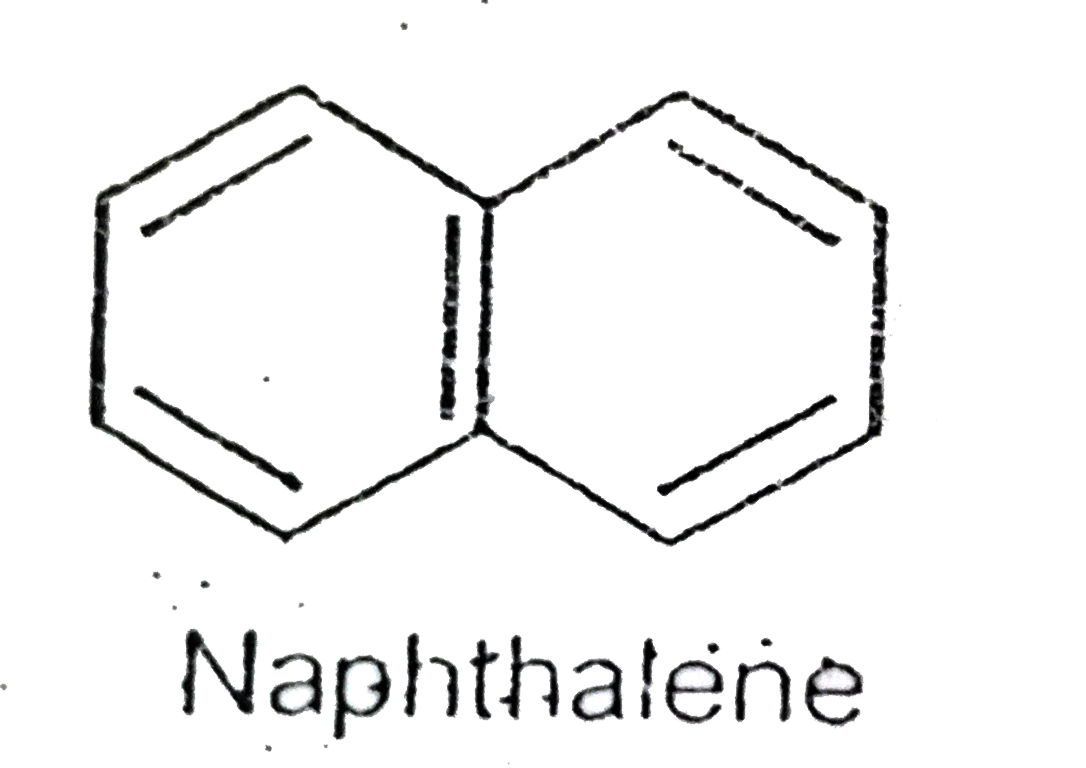Let a,b,c,p,q be real numbers. Suppose α,β are the roots of the equation x2+2px+q=0,αand1/β are the roots of the equationax2+2bx+c=0,whereβ2∉{−1,0,1}. Statement 1: (p2−q)(b2−ac)≥0 Statement 2: b≠paorc≠qa Statement 1 is true, statement 2 is true: statement 2 is a correct explanation for statement 1. Statement 1 is true, statement 2 is true: statement 2 is not a correct explanation for statement 1. Statement 1 is true, statement 2 is false. Statement 1 is false, statement 2 is true.
Statement -1 is true, Statement -2 is true, Statement -2 is a correct explanation for Statement-1
Statement -1 is true, Statement -2 is true, Statement -2 is not a correct explanation for Statement -1
Statement -1 is true, Statement -2 is false
Statement -1 is false, Statement -2 is true
The correct Answer is:B
Suppose roots are imagnary then β=¯¯¯α
and 1β=¯¯¯α
⇒β=−1β[ not possible]
⇒ Roots are real ⇒(p2−q)(b2−ac)≥0
⇒ Statement −1 is true.
−2ba=α+1β
and αβ=ca,α+β=−2p,αβ=q
If β=1, then α=q
⇒c=qa [not possible]
Also α+1=−2ba
⇒−2p=−2ba
⇒b=ap [not possible]
⇒ Statement −2 is treu but it is not the correct explanation of Statment-1
Topper's Solved these Questions
- BOOK - ARIHANT MATHS ENGLISHCHAPTER - THEORY OF EQUATIONSEXERCISE - Exercise (Subjective Type Questions)24videos
THEORY OF EQUATIONS
- BOOK - ARIHANT MATHS ENGLISHCHAPTER - THE STRAIGHT LINESEXERCISE - Exercise (Questions Asked In Previous 13 Years Exam)17videos
THE STRAIGHT LINES
- BOOK - ARIHANT MATHS ENGLISHCHAPTER - THREE DIMENSIONAL COORDINATE SYSTEMEXERCISE - Three Dimensional Coordinate System Exercise 12 : Question Asked in Previous Years Exam2videos
THREE DIMENSIONAL COORDINATE SYSTEM
Similar Questions
Let a,b,c,p,q be the real numbers. Suppose α,β are the roots of the equation x2+2px+q=0. and α,1β are the roots of the equation ax2+2bx+c=0, where β∉{−1,0,1}. Statement I (p2−q)(b2−ac)≥0 Statement 11 b∉pa or c∉qa.
View SolutionStatement-1: p-Nitroaniline is more polar than nitrobenzene
and
Statement-2: Nitro group has -M effect.
(a) Statement-1 is true, Statement-2 is true, Statement-2 is a correct explanation for Statement-1
(b) Statement-1 is true, Statement-2 is true, Statement-2 is not a correct explanation for Statement -1
(c) Statement -1 is true, Statement -2 is false
(d) Statement -1 is false, Statement -2 is trueView SolutionStatement-1: ∫sin−1xdx+∫sin−1√1−x2dx=π2x+cStatement-2: sin−1x+cos−1x=π2 (A) Statement-1 is True, Statement-2 is True, Statement-2 is a correct explanation for Statement-1. (B) Statement-1 is True, Statement-2 is True, Statement-2 is NOT a correct explanation for Statement-1. (C) Statement-1 is True, Statement-2 is False. (D) Statement-1 is False, Statement-2 is True.
View SolutionStatement-1: In naphthalene all C-C bonds are equal

and
Statement-2: Like benzene naphthalene is also aromatic.
(a) Statement-1 is true, Statement-2 is true, Statement-2 is a correct explanation for Statement-1
(b) Statement-1 is true, Statement-2 is true, Statement-2 is not a correct explanation for Statement -1
(c) Statement -1 is true, Statement -2 is false
(d) Statement -1 is false, Statement -2 is trueView SolutionStatement-1: ∫(x2−1x2)ex2+1xdx=ex2+1x+C Statement-2: ∫f(x)ef(x)dx=f(x)+C (A) Statement-1 is True, Statement-2 is True, Statement-2 is a correct explanation for Statement-1. (B) Statement-1 is True, Statement-2 is True, Statement-2 is NOT a correct explanation for Statement-1. (C) Statement-1 is True, Statement-2 is False. (D) Statement-1 is False, Statement-2 is True.
View SolutionConsider the system of equations x−2y+3z=1;−x+y−2z=;x−3y+4z=1. Statement 1: The system of equations has no solution for k≠3. Statement2: The determinant |13−1−1−2k141|≠0, for k≠3. Statement 1 is True: Statement 2 is True; Statement 2 is a correct explanation for statement 1 Statement 1 is true, Statement 2 is true;2 Statement 2 not a correct explanation for statement 1. Statement 1 is true, statement 2 is false Statement 1 is false, statement 2 is true
View SolutionStatement -1 (12)7<(13)4
⇒7log(12)<4log(13)⇒7<4
Statement-2 If ax<ay, where a<0,x,y>0, then x>y.
(a) Statement-1 is true, Statement-2 is true, Statement-2 is a correct explanation for Statement-1
Statement-1 is true, Statement-2 is true, Statement-2 is not a correct explanation for Statement -1
(c) Statement -1 is true, Statement -2 is false
(d) Statement -1 is false, Statement -2 is true.View SolutionStatement-1: The function F(x)=∫sin2xdx satisfies F(x+π)=F(x),∀ξnR ,Statement-2: sin2(x+π)=sin2x (A) Statement-1 is True, Statement-2 is True, Statement-2 is a correct explanation for Statement-1. (B) Statement-1 is True, Statement-2 is True, Statement-2 is NOT a correct explanation for Statement-1. (C) Statement-1 is True, Statement-2 is False. (D) Statement-1 is False, Statement-2 is True.
View Solution
Statement-1 : limx→0√1−cos2xx at (x = 0) does not exist.
Statement -2 :Right hand limit ≠ Left hand limit
i) Statement - 1 is True, Statement-2 is True, Statement-2 is a correct explanation for statement-1
ii)Statement-1 is True, Statement-2 is True, Statement-2 is Not a correct explanation for statement-1
iii)Statement-1 is True, Statement-2 is False
iv)Statement -1 is False, Statement-2 is TrueView SolutionConsider the function f(x)=|x−2|+|x−5|,x∈R . Statement 1: f'(4)=0 Statement 2: f is continuous in [2,5], differentiable in (2,5)andf(2)=f(5). (1) Statement 1 is false, statement 2 is true (2) Statement 1 is true, statement 2 is true; statement 2 is a correct explanation for statement 1 (3) Statement 1 is true, statement 2 is true; statement 2 is not a correct explanation for statement 1 (4) Statement 1 is true, statement 2 is false
View Solution

